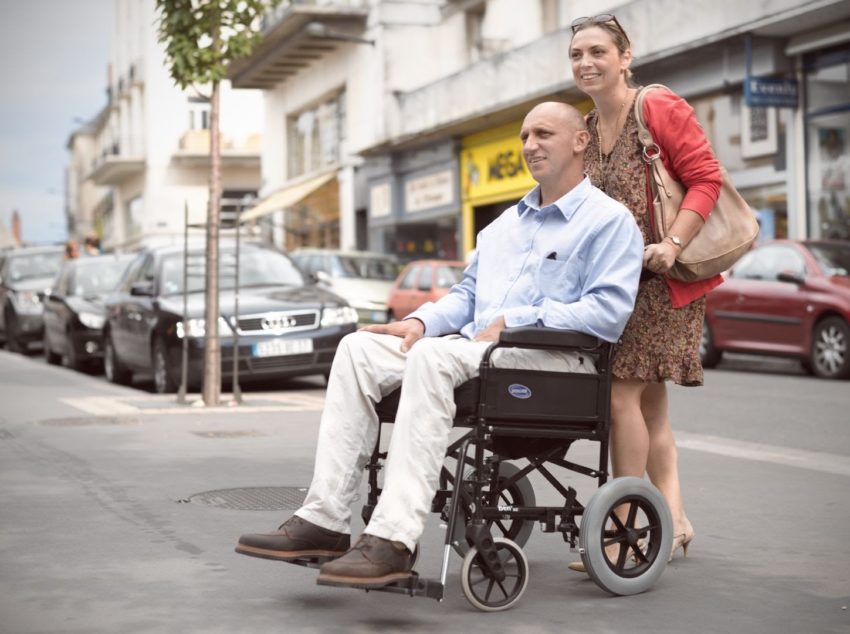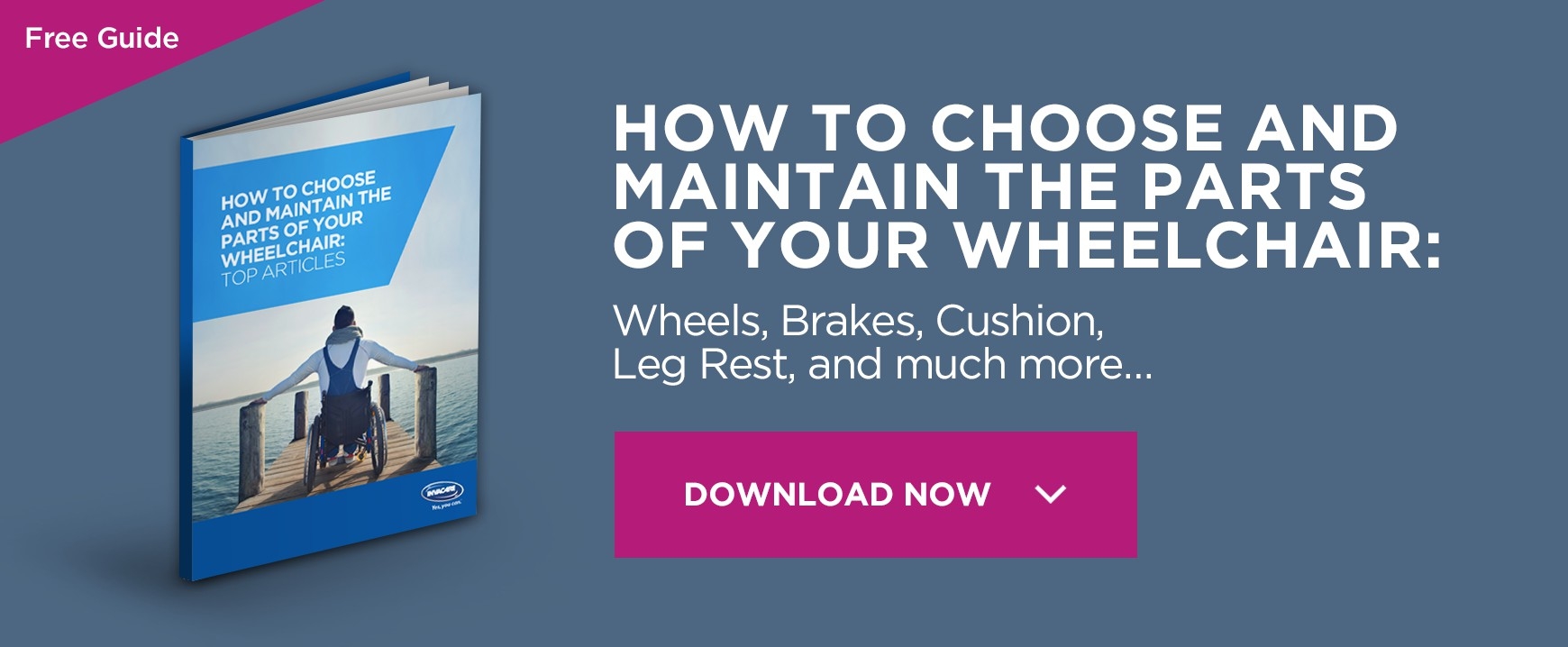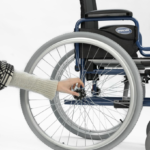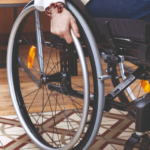Collapsible Wheelchair and Transportation

A collapsible wheelchair, or folding wheelchairs as they are sometimes known, are very simply wheelchairs that are able to be reduced in size easily to support storage and transportation.
They can be self-propelled or attendant propelled and generally have folding backrests to reduce height and a vertical ‘X frame’ to reduce width.
Who benefits?
Folding wheelchairs tend to be used, although not exclusively, by those with less complex needs as other non-folding chairs are likely to be motorised or used to provide significantly greater postural support for example. Although generalising, collapsible wheelchairs are often used by individuals who require comfort and flexibility whilst maximising their independence and engagement in activity. Users have good core strength without the need for recline or tilt-in-space features and are unlikely to have significant nursing needs.
Overview of Invacare’s range
Collapsible wheelchairs feature in Invacare’s active, medium active and low active ranges.
- Active
As the term suggests this range is designed for wheelchair users with active lifestyles, whether at home, work or in the community. The active range does include rigid frame chairs such as the K-Series which has the feature of removable rear wheels to support storage and transportation, but also has a number of X Frame collapsible wheelchairs such as the compact, and ultra-light. Each of these folding wheelchairs provide support and flexibility for users whilst offering slightly different features such as a one finger folding mechanism on the ultra-light.
- Medium active
The medium active range is designed for those with an active lifestyle who may need, although not exclusively so, slightly more support from the chair or another individual. In practical terms you will find that the wheelchairs tend to have a higher back to offer greater support but also enables a carer to propel the wheelchair should they be required to do so.
There do remain some rigid frame designs within this range, such as the Action 5 rigid but they are predominantly collapsible wheelchairs. Models such as the ones on the action range all collapse/fold using the typical X frame structure with the exception of the Action 5 which uses an H frame folding mechanism giving it the structural stability of a fixed frame wheelchair whilst enabling it to fold flat for storage and transportation.
- Low active
Although not exclusively these chairs tend to be used by those who require more attendant support. Models such as the Action 1R continue to feature large rear wheels to allow self-propelling whilst a standard entry level chair such as the BenNG is typical of this range. They continue to provide flexibility and support for the user whilst allowing carers to continue their role actively as required.
Benefits of a collapsing wheelchair
1. Repair – because there are a large number of moving and removable parts it is often easy to replace small components.
2. Portability – the fact that the wheelchair folds makes it possible to transport it more easily; in most cases the chair can simply be folded down and placed inside the boot of a car. This then allows the wheelchair user to travel anywhere and access parts of the environment or community that may otherwise be out of reach. It also means that the ability to take your own wheelchair on holiday becomes a reality with folding chairs being able to be stored in aircraft etc.
3. Storage – folded the wheelchair can be stored away when not in use.
Social interaction
The impact of social activity and the ability to engage in meaningful activity is well documented. Without devices such as a collapsible wheelchair many of those with mobility impairment would become socially isolated and unable to make flexible decisions regarding their daily routines, activities and indeed goals. This inability to engage has a significant impact on mental health of wheelchair users, non-wheelchair users and carers alike.
Empowering an individual to make flexible and spontaneous decisions by changing their environment so that it enables rather than disables ensures that the wheelchair user is able to look after their physical and mental well-being.







